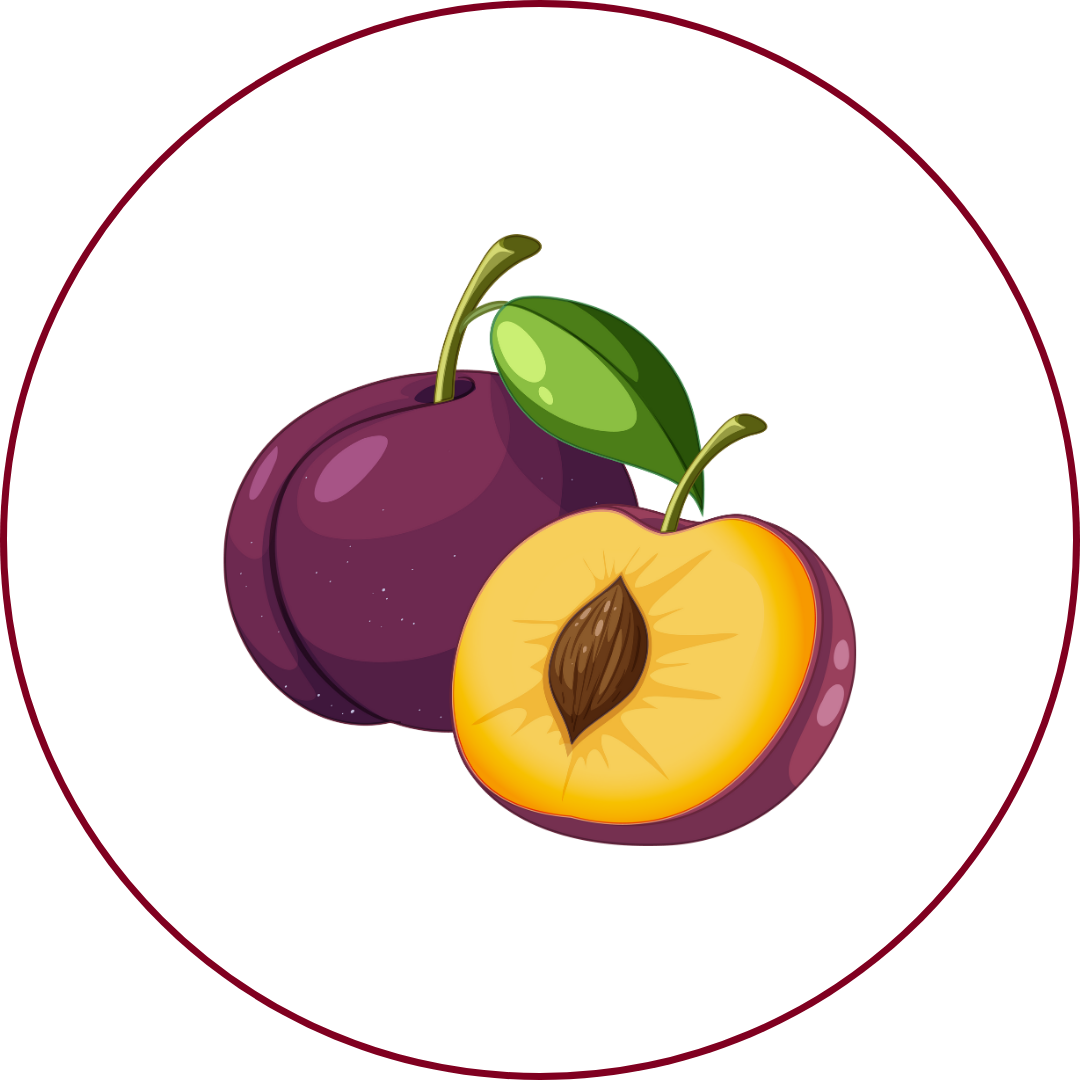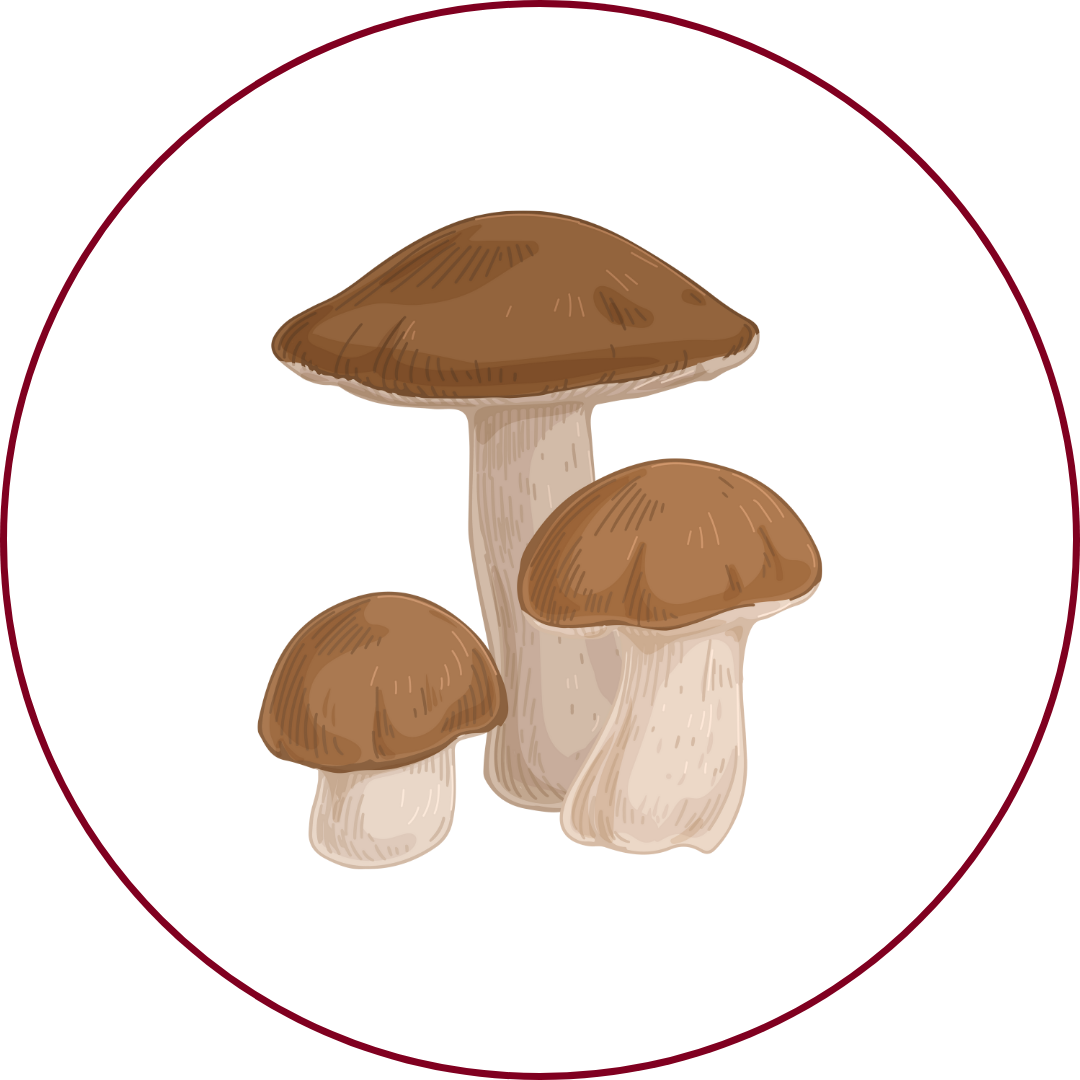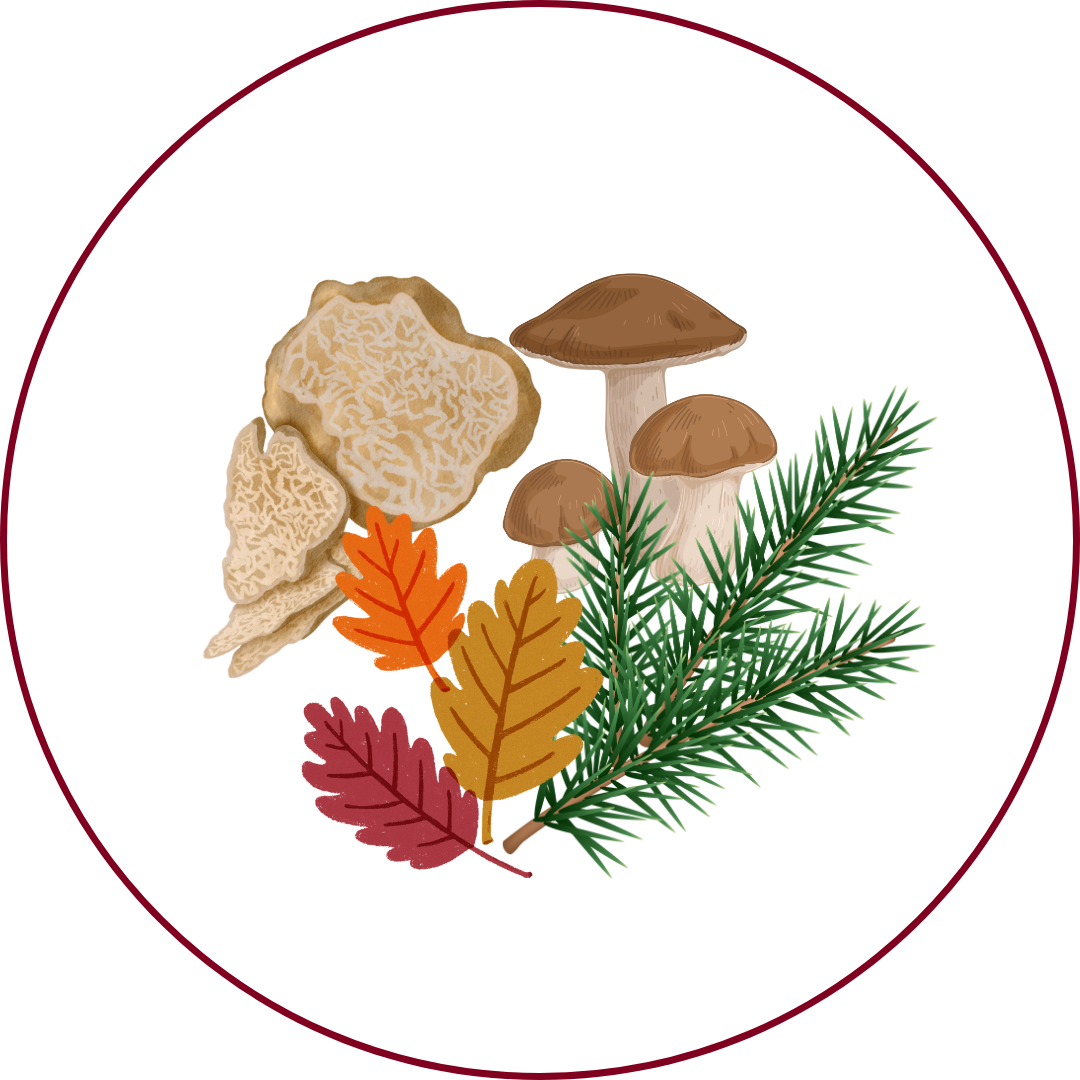Grape Variety
Piedirosso
"pyeh-dee-ROH-soh"
Wine Styles
 Sparkling
Sparkling Light White
Light White Full White
Full White Aromatic
Aromatic Rosé
Rosé Light Red
Light Red Medium Red
Medium Red Full Red
Full Red Dessert
DessertAbout Piedirosso
Origin
Campania, Italy
History
Piedirosso is an ancient red grape variety native to the Campania region in southern Italy. Its name, meaning 'red feet,' refers to the red-colored stems of the vine, which resemble a dove's foot, leading to local synonyms like 'Per'e Palummo' (dove's foot). Historically, Piedirosso was widely planted in the 19th century following the phylloxera crisis but later declined in favor of other varieties. In recent years, there has been a resurgence of interest in Piedirosso, with winemakers focusing on its unique qualities, both as a single-varietal wine and as a blending partner with grapes like Aglianico.
Appearance
Medium-sized, spheroid berries with thick, purplish-red skins and a waxy bloom.
Growing Traits
Piedirosso is a vigorous vine with a drooping growth habit, preferring medium-expanded training systems and long pruning. It adapts well to various environments within Campania, particularly thriving in volcanic soils, which impart a distinctive minerality to the wines. The grape is susceptible to certain diseases like powdery mildew and botrytis, requiring careful vineyard management. Ripening occurs in early to mid-October, yielding musts with fairly high sugar levels and moderate acidity.
Wine Characteristics
Body
3/5
Sweetness
1/5
Tannin
3/5
Acidity
4/5
Alcohol
2/5
Medium-bodied with a balanced profile, offering both freshness and subtle complexity. Typically vinified dry, though it can exhibit ripe red fruit characteristics. Moderate tannin levels, contributing to a smooth and approachable mouthfeel. Medium to high acidity, providing vibrancy and enhancing its food-pairing versatility. Moderate alcohol content, generally around 12-13%, contributing to its balanced character.
Taste Profile

Plum

Cherry

Wild berries

Espresso

Mushroom

Earthy
Piedirosso wines are characterized by deep ruby color and flavors of plum, cherry, and wild berries. More complex examples may exhibit notes of espresso, mushroom, and damp earth, with a distinctive minerality attributed to the volcanic soils of Campania. The wines are typically medium-bodied with soft tannins and a lively acidity, leading to a harmonious and lingering finish.
Food Pairing
Piedirosso's medium body, moderate tannins, and vibrant acidity make it a versatile companion for various dishes. It pairs well with traditional Neapolitan cuisine, including tomato-based pasta dishes, grilled meats, and roasted vegetables. The wine's subtle earthy notes complement mushroom-based dishes, while its red fruit flavors enhance the taste of cured meats and aged cheeses. Additionally, Piedirosso's minerality makes it a good match for seafood dishes, especially those featuring octopus or anchovies.
Growing Regions

Italy
Campania
Notable Wines & Producers
Lacryma Christi del Vesuvio Rosso
Mastroberardino
Feudi di San Gregorio
Campi Flegrei Piedirosso
Cantine Astroni
La Sibilla
Piedirosso FAQ
Common questions about this grape variety
What is the origin of Piedirosso?
+
Campania, Italy
Is Piedirosso wine full bodied?
+
Piedirosso has a body level of 3 out of 5. Which means that Piedirosso is Moderate bodied.
Is Piedirosso wine dry or sweet?
+
Piedirosso has a dryness level of 1 out of 5. Which means that Piedirosso is Dry.
Where is Piedirosso wine from?
+
Campania, Italy
Where is Piedirosso grown?
+
Piedirosso is grown in Italy (Campania).
What is Piedirosso like?
+
Piedirosso wines are characterized by deep ruby color and flavors of plum, cherry, and wild berries. More complex examples may exhibit notes of espresso, mushroom, and damp earth, with a distinctive minerality attributed to the volcanic soils of Campania. The wines are typically medium-bodied with soft tannins and a lively acidity, leading to a harmonious and lingering finish.
What does Piedirosso pair with?
+
Piedirosso's medium body, moderate tannins, and vibrant acidity make it a versatile companion for various dishes. It pairs well with traditional Neapolitan cuisine, including tomato-based pasta dishes, grilled meats, and roasted vegetables. The wine's subtle earthy notes complement mushroom-based dishes, while its red fruit flavors enhance the taste of cured meats and aged cheeses. Additionally, Piedirosso's minerality makes it a good match for seafood dishes, especially those featuring octopus or anchovies.
What does Piedirosso taste like?
+
Piedirosso wines are characterized by deep ruby color and flavors of plum, cherry, and wild berries. More complex examples may exhibit notes of espresso, mushroom, and damp earth, with a distinctive minerality attributed to the volcanic soils of Campania. The wines are typically medium-bodied with soft tannins and a lively acidity, leading to a harmonious and lingering finish.
Take Piedirosso Knowledge with You
Access detailed grape profiles, tasting notes, and pairing suggestions on your iPhone.
Download on theApp Store